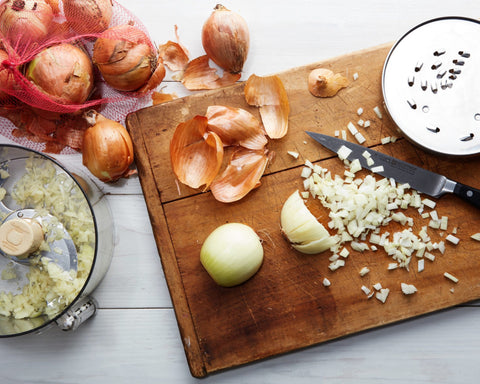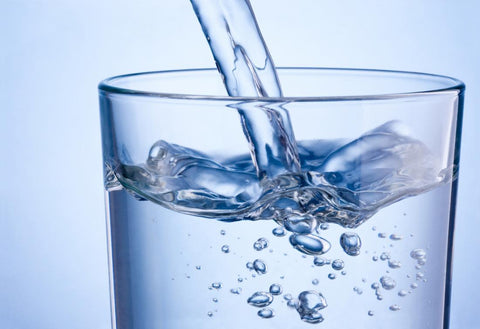It's not just your hands that need washing before, during and after food preparation. To prevent food poisoning, it's also important to remember to wash your cutting boards. If not cleaned and maintained properly, cutting boards can hold harmful bacteria and spread food poisoning.
Follow these guidelines for cleaning and maintaining your cutting boards:
- Always use a clean cutting board for food preparation.
- After each use and before moving on to the next step while prepping food, clean cutting boards thoroughly in hot, soapy water, then rinse with water and air dry or pat dry with clean paper towels.
- Plastic, glass, nonporous acrylic and solid wood cutting boards can be washed in a dishwasher (laminated boards may crack and split).
- After cutting raw meat, poultry or seafood on your cutting board, clean thoroughly with hot soapy water, then disinfect with chlorine bleach or other sanitizing solution and rinse with clean water.
- To disinfect your cutting board, use a fresh solution of 1 tablespoon of unscented, liquid chlorine bleach per gallon of water. Flood the surface with the bleach solution and allow it to stand for several minutes. Rinse with water and air dry or pat dry with clean paper towels.
- All cutting boards eventually wear out. Discard cutting boards that have become excessively worn or have hard-to-clean grooves. These grooves can hold harmful bacteria that even careful washing will not eliminate.
Be Careful with Cutting Boards
When juices from raw meats or germs from unclean objects accidentally touch cooked or ready-to-eat foods (such as fruits or salads), cross-contamination occurs. If not cleaned correctly, the board harbors harmful bacteria.
Acrylic, Glass, Marble, Plastic or Solid Wood?
You choose. Just follow these guidelines:
- Use two cutting boards: one strictly to cut raw meat, poultry and seafood; the other for ready-to-eat foods, like breads and vegetables.
- Don't confuse them. Consider buying different color cutting boards so it's easy to remember which is for raw meat and which is for ready-to-eat foods.
- Wash boards thoroughly in hot, soapy water after each use.
- Discard old cutting boards that have cracks, crevices and excessive knife scars.
Source – Academy of Nutrition and Dietetics



